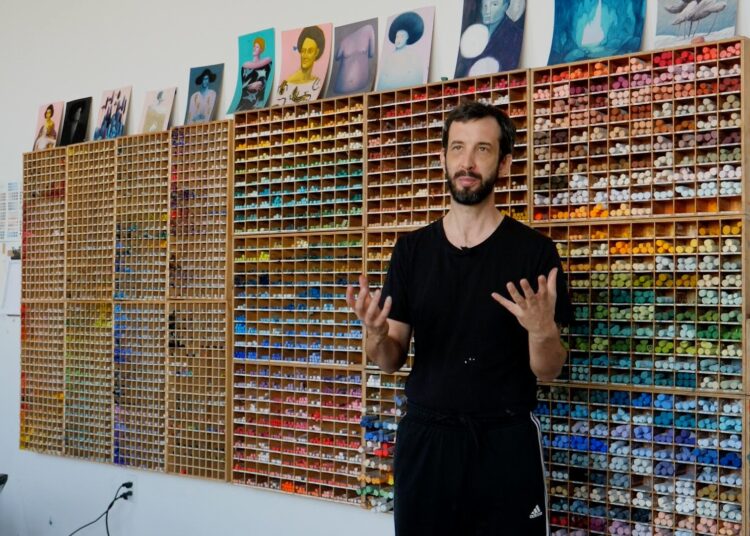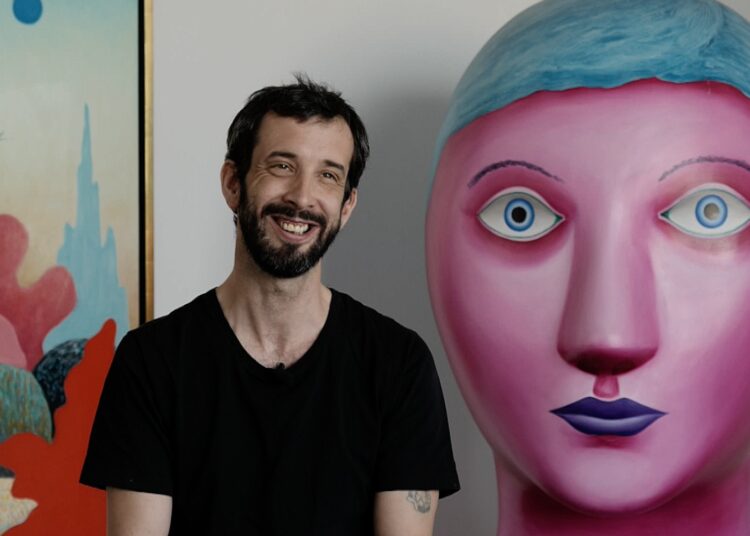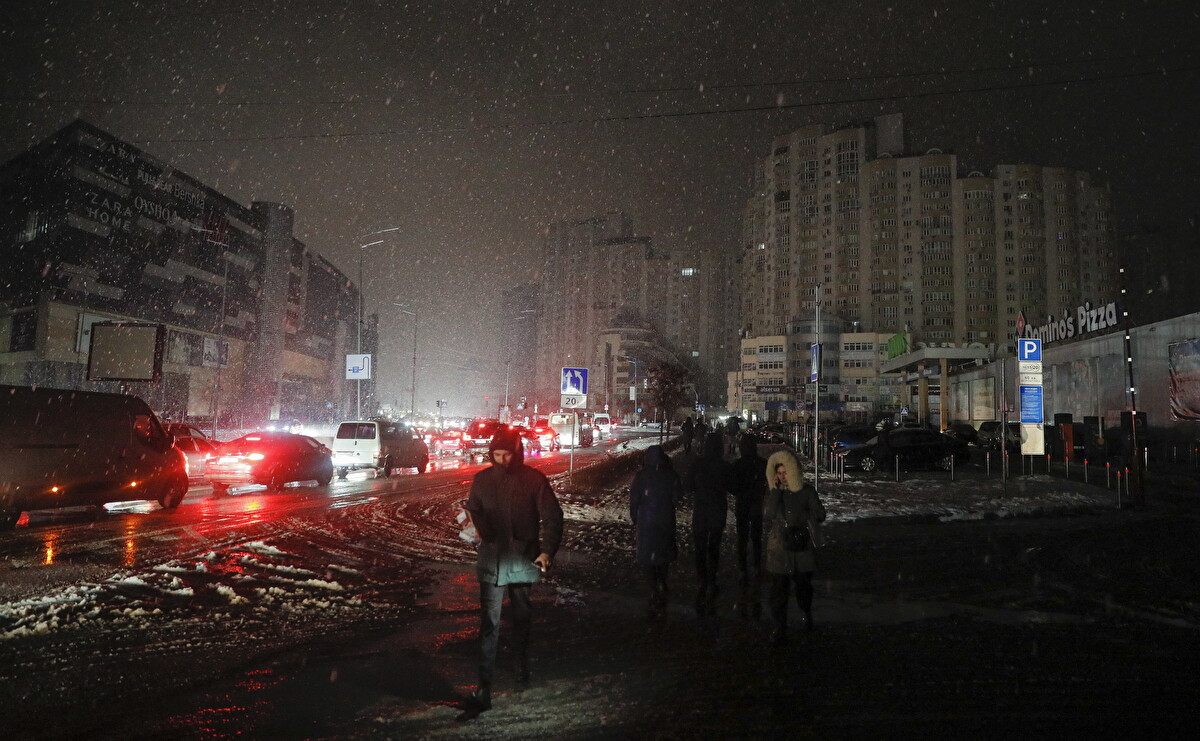By now, it is standard practice for visual artist Nicolas Party to excavate the soft luster and mutability of certain aesthetic horizons. With solo shows everywhere in the world, from Hong Kong to Montréal, Party has achieved critical admiration for his familiar yet unsettling pastel-powdered landscapes, portraits, and still lifes that simultaneously celebrate and challenge the history of art. Awestruck by his first institutional show at Poldi Pezzoli museum in Milan, called “Triptych”, I decided to meet him in New York during one of my getaways to the East Coast and dig deeper into his uncanny and whimsical world.
Nicolas, first of all thank you so much for doing this. I’m happy to be in your studio in Brooklyn. What does it mean to be an artist from Switzerland here in NYC?
“Well, that’s not at all a simple answer. Being an artist from Switzerland means that I grew up in a specific culture and visual environment and I became familiar with a whole set of pretty distinctive artists such as Félix Vallotton. Also, most of my education was in French because I’m from Lausanne. That obviously influenced the future of my life and career. I left Switzerland when I was 27 so you can definitely say I spent a great deal of my life there. Having said that, being a Swiss in New York doesn’t make me feel part of a marginalized minority. Nowadays the art market is mostly located in New York and there are so many artists coming from all over the world, so having an international mindset and that openness to ‘contamination’ is key if you want to thrive as a visual artist.”

Is there any sort of competition among the artists?
“No, not at all. As I said, if you’re not willing to confront yourself with different cultures and visual languages in a city like New York, and more broadly in the art world, you’ll lose something special.”
How do you experience artistic pressure in your work?
“Well, I always feel a lot of pressure when I start a new project, because I want to please myself and the people that believed in me and invited me to participate. It’s always a privilege to do any project anywhere, from the big ones to the small ones. I know that some of my colleagues and friends don’t have this opportunity so I’m grateful and nervous at the same time as I strive to deliver something that I deserve, they deserve and the place deserves.”
What’s the artwork you feel the most attached to?
“It changes every time! Certainly there are artworks I have a special kinship with and that I kept somewhere in my studio throughout the years; but I couldn’t point out one. There are few where I say ‘Oh that painting definitely has something’ and I have a specific memory attached to it, maybe I remember exactly what comes before and after I did it. Those are definitely memory traces that I cherish.”
Can you think of any artwork that you tossed in the past thinking to yourself, “this is really not ready and I just want to throw it away”?
“Yes, it happens quite often: I start working on something, I struggle with it, and at the end of the day there’s nothing I can do; I have to give up. However, sometimes for some reason I don’t, these works go out into the world and surprisingly they receive so much praise from the art world that, as a consequence of that, I start liking them a bit more. This made me realize that I don’t always have to trust that initial moment of despair and instead I have to keep going.”
How much importance do galleries have over an artist’s work?
“Not a lot on the work itself, because a commercial art gallery will never give you an artistic input, but career-wise yes. Nowadays it would be really difficult to have a successful commercial career without the endorsement of a more or less established gallery. You can’t really sell a painting without a gallery that ‘has your back’, I mean, you can but it’s much harder in that you don’t have access to a consolidated network of private collectors who consistently buy art. We, as artists, don’t really have the time to build that network from scratch or the interest or maybe both.”
What are the most indispensable items that you use in your studio?
“The most indispensable items are just the pencil and a piece of paper. Everything starts there. Then of course come the pastels, as you can see right behind me, that’s the technique I use the most, but without the sketches and the sketchbook, for me anyway, there is nothing. Those are really like the first words of a novel, the origin of everything.”
What do you admire the most in an artwork?
“Many things! But mainly a quality that provokes the status quo and questions you continuously, but doesn’t necessarily provide you with an answer.”
And now just the opposite…what’s something that really bothers you in an artwork?
“I don’t like it when the artwork is almost like an advertisement and the message is clear and prosaic. It’s always a red flag when the message is so bluntly presented you can get it without any kind of hermeneutical effort. I like open windows and open doors in art.”
Does it ever happen to you that you come to the studio and have no idea what you’re going to do?
“No! I’m lucky to always have so many projects going on and, in fact, I wish I had a little bit more time to try new mediums and explore different paths. I might work for hours and the end result disappoints me but I never come here without a plan; there’s always plenty to do. That’s the beauty of my job.”












